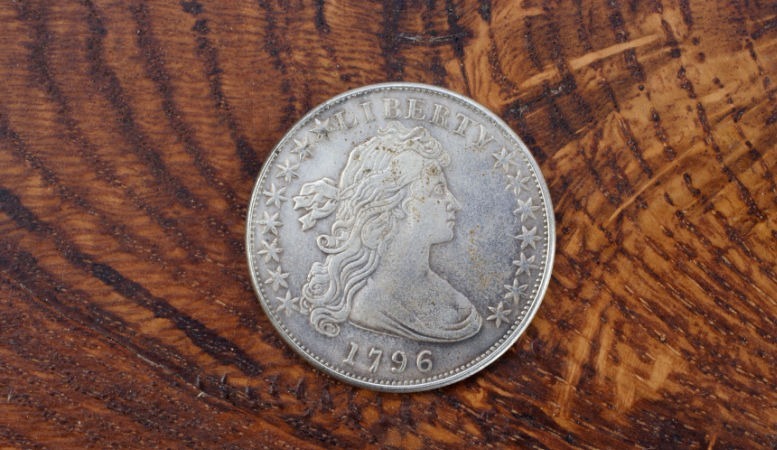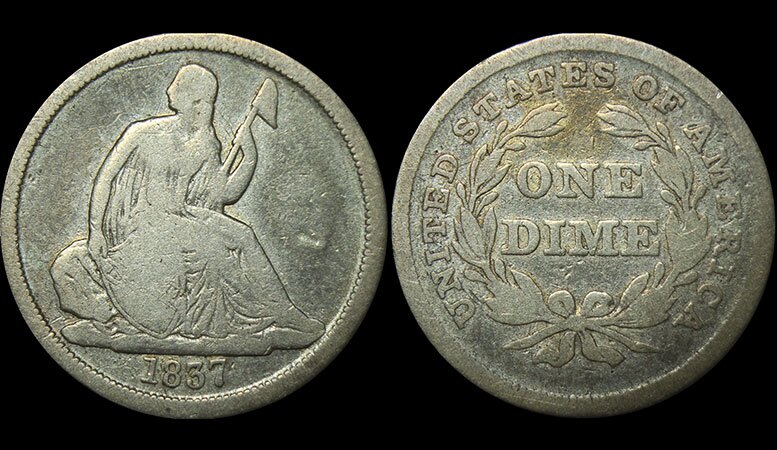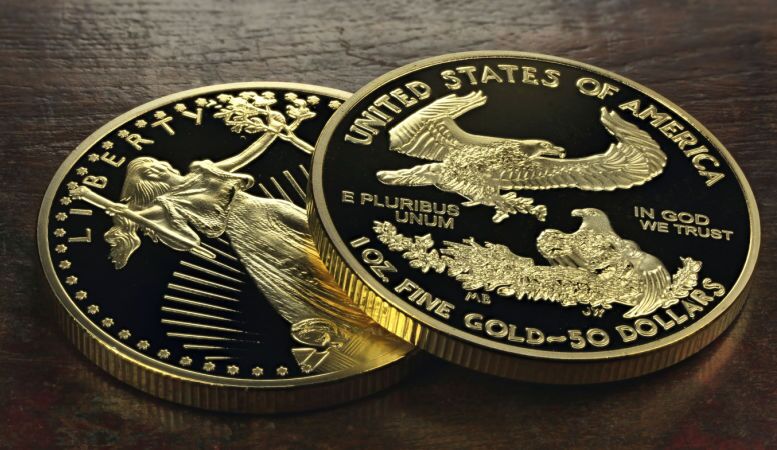Table of Contents
Are you interested in collecting rare coins? Did you know that some low-mintage silver coins are worth hundreds of dollars?
Collecting rare coins can be a fascinating hobby. With the right investment strategy, you could even boost your retirement savings with some of these products.
Below, our precious metals experts at Oxford Gold Group discuss low-mintage coins and explain why owning a collection of them might be beneficial.
What Is Coin Mintage?
Minting is the process of printing and distributing certified coins into circulation. However, “mintage” refers to the total number of pieces an authorized coin manufacturer (i.e., mint) produces.
Some pieces, like the American Silver Eagle, have millions of coins in circulation. High-scarcity coins may only have a few dozen left in existence.
What Do Collectors Consider a Low-Mintage Coin?
Classifying coins as “low-mintage” can be tricky. Several factors, such as the date of production, quality of proof, and surface design, help numismatists determine the scarcity of a piece.
Take the Lincoln Cent as an example. The Lincoln penny is one of the longest-running pieces of currency in U.S. history. The highest mintage for this coin was the 1944 Lincoln Cent. Nearly 1.5 billion pieces entered circulation that year. These coins are not worth as much to rare coin enthusiasts since so many are on the market.
However, the San Francisco Mint only produced about 484,000 of the 1909-S VDB penny. The rarity of this coin makes it more desirable. Although printed in the hundreds of thousands, it is a “low-mintage” coin compared to other Lincoln Cents.
Finding the Lowest Mintage: Popular U.S. Coins

U.S. coins minted between 1796 and 1964 are some of the most popular among collectors. Getting your hands on any of these key-date coins can be exciting. However, due to the rarity of some pieces, it can be challenging to find them at traditional pawn shops or stores.
Draped Bust Dime (1796)
Just over 22,000 of the original 1796 silver dimes exist. This coin’s history dates back to when the U.S. Mint first began printing silver dimes. The front displays the figure of Lady Liberty. The American Bald Eagle sits proudly on the reverse side.
The variation of stars across circulated grades is one of the fascinating aspects of this coin. The 1797 version includes 16- and 13-star designs, while the rare 1798 coin contains seven to 13 stars.
Capped Bust Dime (1809)
Like the Draped Bust Dime, the Capped Bust Dime depicts Lady Liberty on the front and the Bald Eagle on the reverse.
Nearly 51,000 of these dimes entered circulation during the first year of production.
While the value of the Capped Bust is less than that of its predecessor, the 1809 and 1822 key-date mints can fetch a pretty good price. Some investors spend hundreds of dollars on just one piece.
Seated Liberty Dime (1837)

Unlike mintages from the earlier period, the Seated Liberty Dime remained in general circulation for over five decades. Still, this coin’s longevity is not its most impressive quality. With a weight denomination of just over 2.5 grams of 90% silver, this coin contained one of the highest purities of its time.
The Philadelphia, New Orleans, Carson City, and San Francisco Mints minted hundreds of thousands of these coins. Pieces from lower-mintage years, like 1866 and 1867, are likely more valuable to collectors than others.
Barber Dimes (1892)
Barber Dimes entered production shortly after the discontinuation of the Seated Liberty mint. These 90% silver coins depict the face of Lady Liberty adorned with a laurel wreath. The reverse side also contains a wreath encompassing the words “ONE DIME.”
Although this coin’s production was short-lived, it’s not hard to find most Barber Dimes printed between 1892 and 1913. Minting facilities produced millions of these pieces during 1893 and 1895.
When shopping for Barber Dimes, keep an eye on key dates for the lowest mint options. For example, only nine of the 1894 mint pieces still exist. Some dealers sell these coins for thousands of dollars.
Mercury Dimes (1916)
The Mercury Dime is one of the most popular silver coins in U.S. history. With a weight denomination of 2.5 grams, many people sell this dime for its precious metal contents.
The most sought-after mintages include the 1916 original Mercury Dime and the 1942 “D” variation. Any Mercury Dimes sold under $300 may be from the 1921 set – the year millions of these coins entered the market.
How To Check the Mintage of a Coin

If you are new to coin collecting, finding the accurate mintage for your money isn’t going to be as simple as looking at dates or proof quality.
Every mint facility in the country keeps a record of its production data. Fortunately, this information is public. You will need to explore the U.S. Mint website to determine the mintages of each certified penny, dime, and quarter you intend to sell or invest.
How To Buy a Low-Mintage Coin
Some low-mintage U.S. coins contain high-grade gold and silver, making them desirable to investors.
Where can you buy some of these products?
In the past, collectors sold these rare objects exclusively in brick-and-mortar stores, like pawn shops. Today, you can find many of these certified pieces online through reputable dealers.
New coin prices vary from seller to seller. Most people recommend exploring established gold and silver companies for the best experience.
Does the Mintage Affect Coin Value?
Yes, mintages affect the overall value of the coin. A minted gold or silver coin can be worth hundreds or even thousands of dollars, depending on its purity grade and date of production.
How Do Reverse Proof Details Impact Value?

The majority of gold, silver, and copper coins include polished proof metal. Some reverse-proof coins have a lower mintage and are worth more than their conventional counterparts.
Generally, the surface of a reverse-proof coin appears frosty or mirrored. Figures on reverse proof money are also shiner than standard pieces.
To achieve this beautiful appearance, the reverse-proof coin must undergo several strikes during the minting process.
Is Investing in Low-Mintage U.S. Coins Worth It?
Pieces with high gold or silver content may be worth investing in a precious metals IRA. However, speak to a financial advisor before making any significant commitments. Not every coin sold online meets the minimum fineness requirements to qualify for these accounts.
Still, minted gold and silver currency are tangible assets that retain much of their value during economic downturns. A dealer can help you learn all the benefits of reinforcing your investment portfolio with these products.
Learn More About Key-Date Coins and More With Oxford Gold Group
Have you saved up for a new gold or silver product? Finding the right assets for your investment can be challenging without the right help. At The Oxford Gold Group, we make it easy to shop for precious metals online.
Our inventory of gold and silver products includes some of the most valuable coins on the market. Enjoy excellent customer service and delivery for every sale.
Continue exploring our website for more educational articles about low-mintage, key-date, and reverse-proof products.
Contact us at The Oxford Gold Group in Beverly Hills, CA. Speak to a representative at (833) 600-4653.








